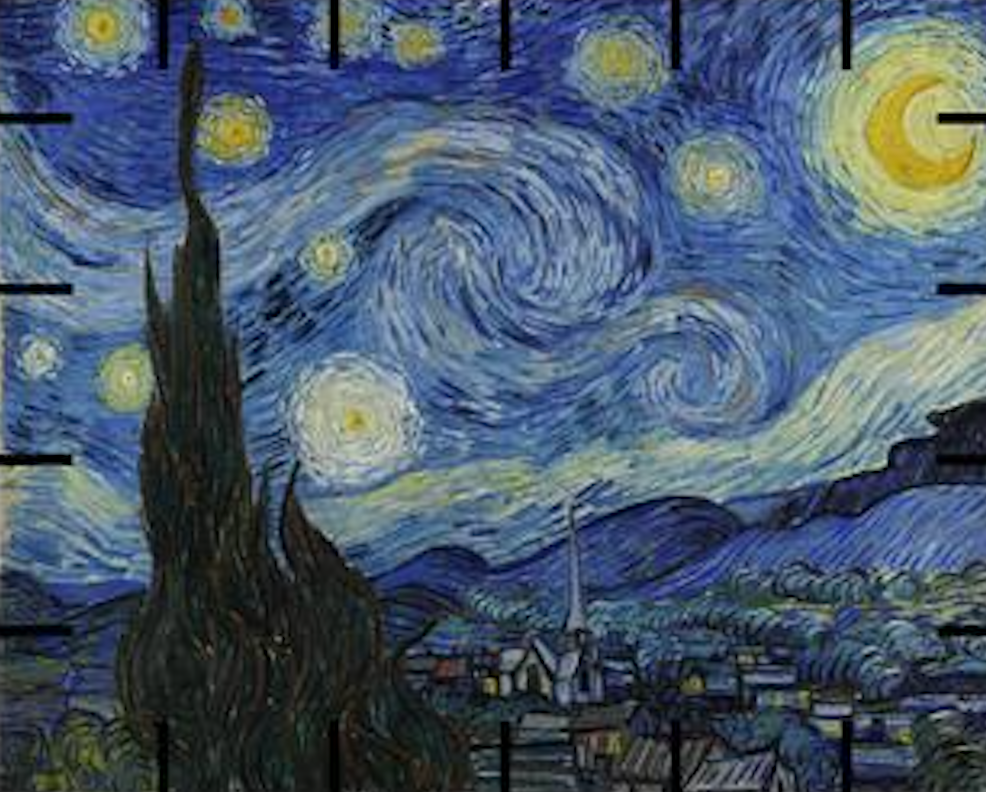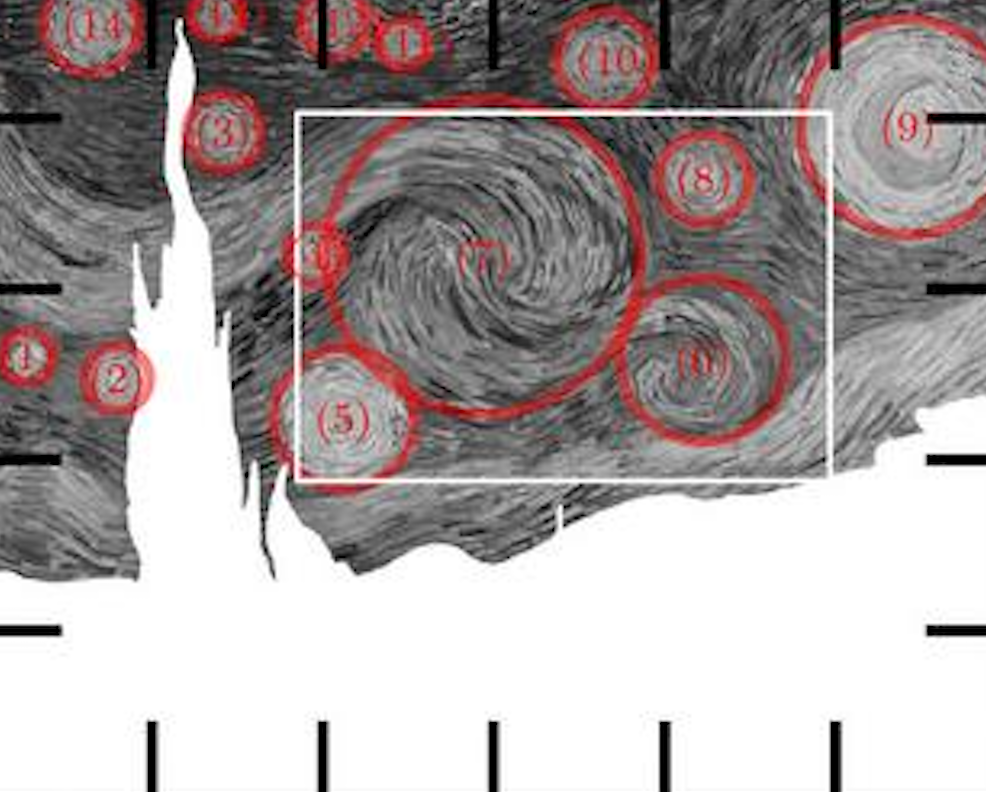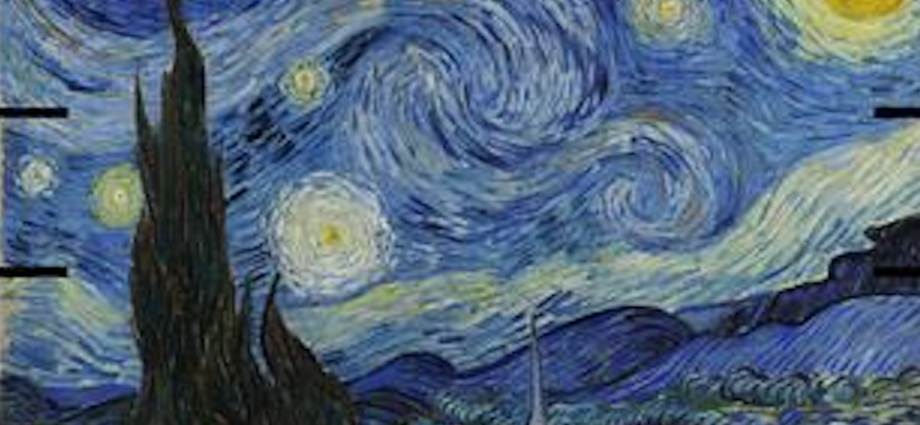Vincent van Gogh’s iconic painting The Starry Night depicts the precise real-world physics behind cloud and air movement in the sky, according to a new study which says the legendary artist had an intuitive understanding of the natural world.
The painting, made in June 1889, has enamoured millions for over a century with its depiction of a swirling blue sky, yellow moon, and stars using an explosion of colours and shapes.
Each star in the legendary painting is encapsulated in ripples of yellow, gleaming with light-like reflections on water.
The troubled artist’s pioneering brushstrokes create an illusion of sky movement.
Now, scientists have analyzed van Gogh’s painting to uncover what they call the “hidden turbulence” in the painter’s depiction of the sky.

“With a high-resolution digital picture, we were able to measure precisely the typical size of the brushstrokes and compare these to the scales expected from turbulence theories,” study co-author Yongxiang Huang explained.
Researchers specialising in fluid movement compared brushstrokes in the painting to leaves swirling in a funnel of wind.
They examined the relative scale and spacing of the whirling brush strokes and calculated the relative brightness of the varying paint colours.
Researchers particularly examined the spatial scale of the painting’s 14 main whirling shapes.
From these careful observations, they estimated the shape, energy, and scaling of the atmosphere depicted in the painting.
The study found that the picture aligns with a physics rule known as Kolmogorov’s law which predicts atmospheric movement.
Overall, scientists say the artist’s careful use of scale and brightness “accurately captures” the rules behind atmosphere turbulence and the cascading of energy in air movement from small to large scales.
They found that some of the laws that apply in the physics of real skies also apply in the artist’s depiction.

The legendary artist seems to have captured multiple dimensions of physics with “surprising accuracy”, according to researchers.
“Van Gogh’s precise representation of turbulence might be from studying the movement of clouds and the atmosphere or an innate sense of how to capture the dynamism of the sky,” Dr Huang said.
“It reveals a deep and intuitive understanding of natural phenomena,” he said.











